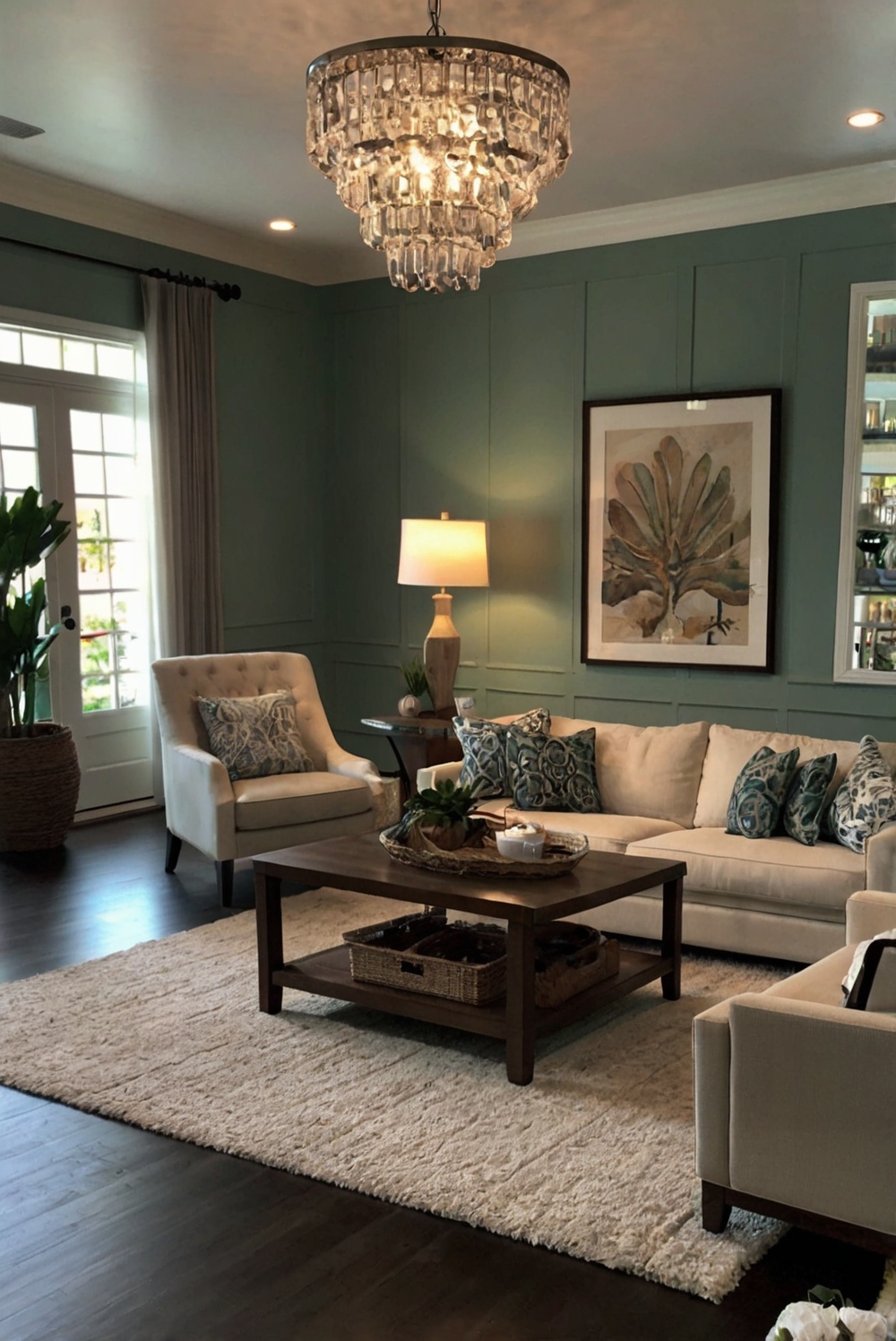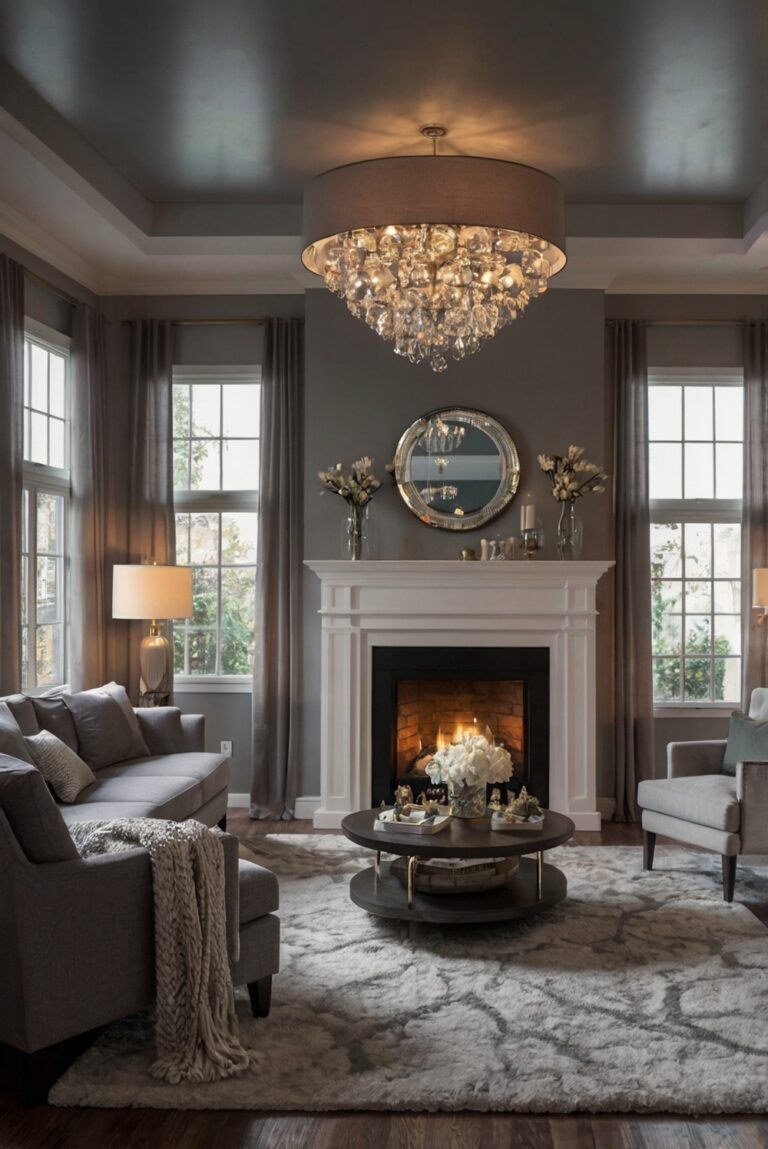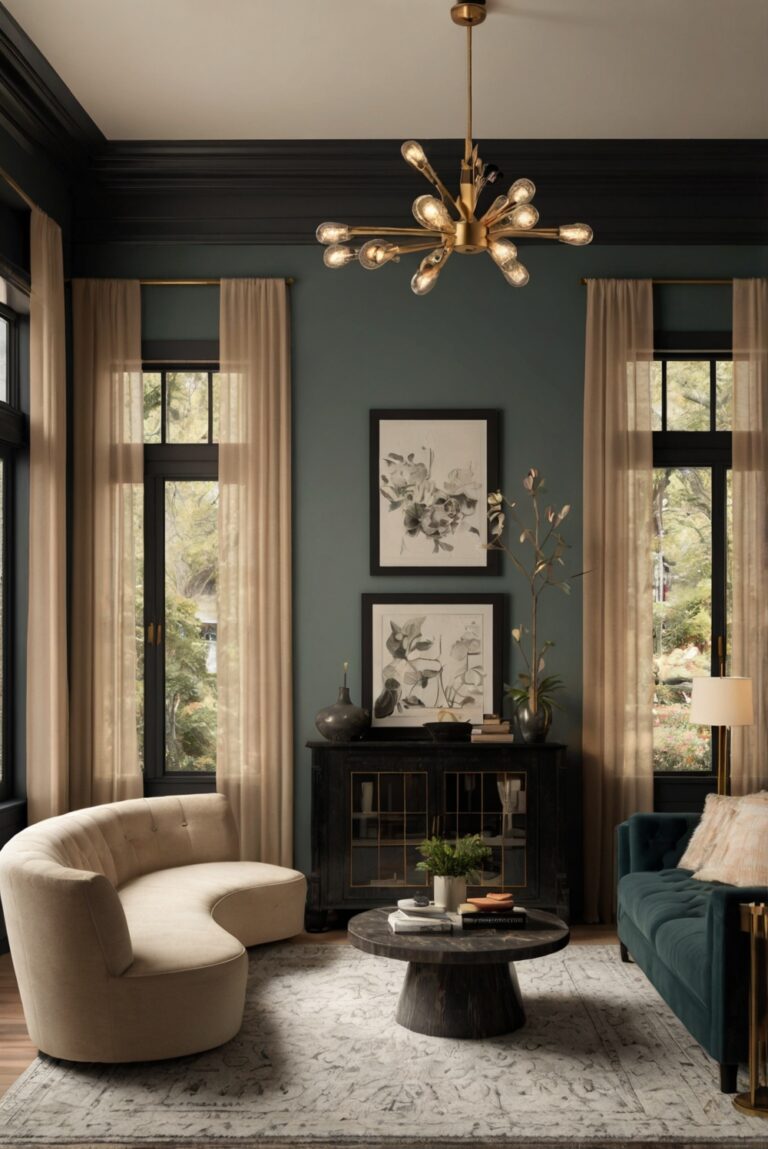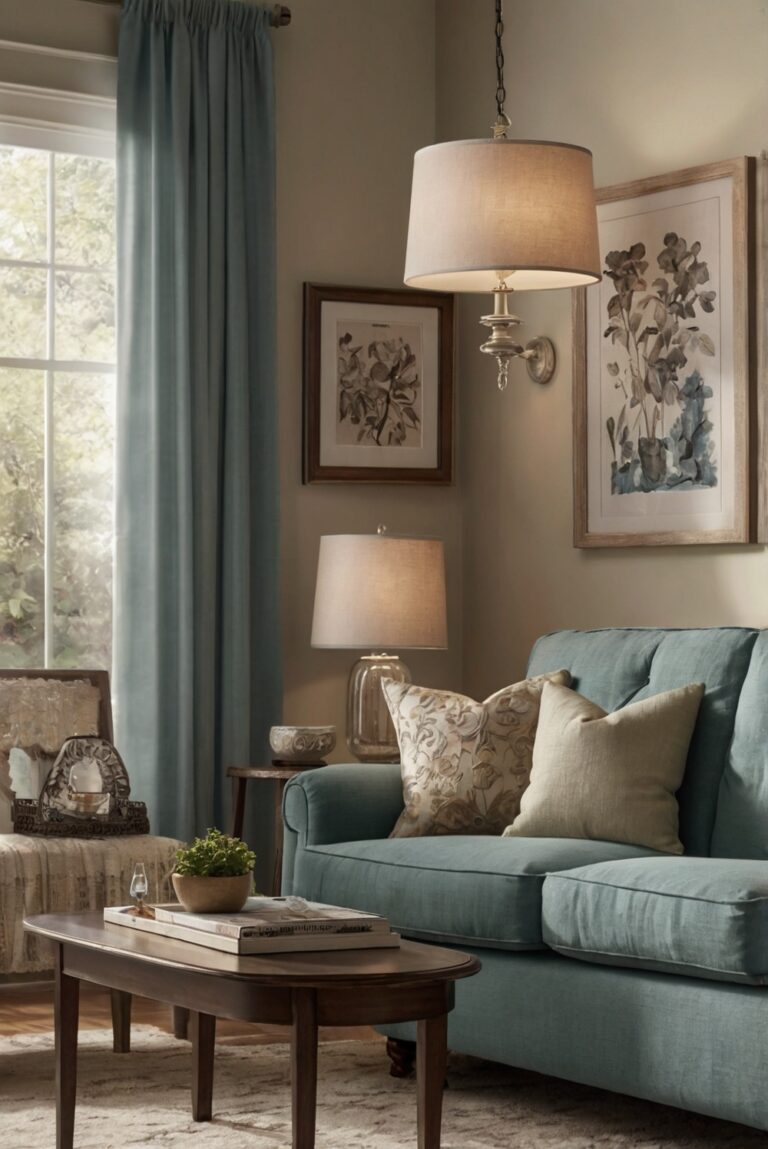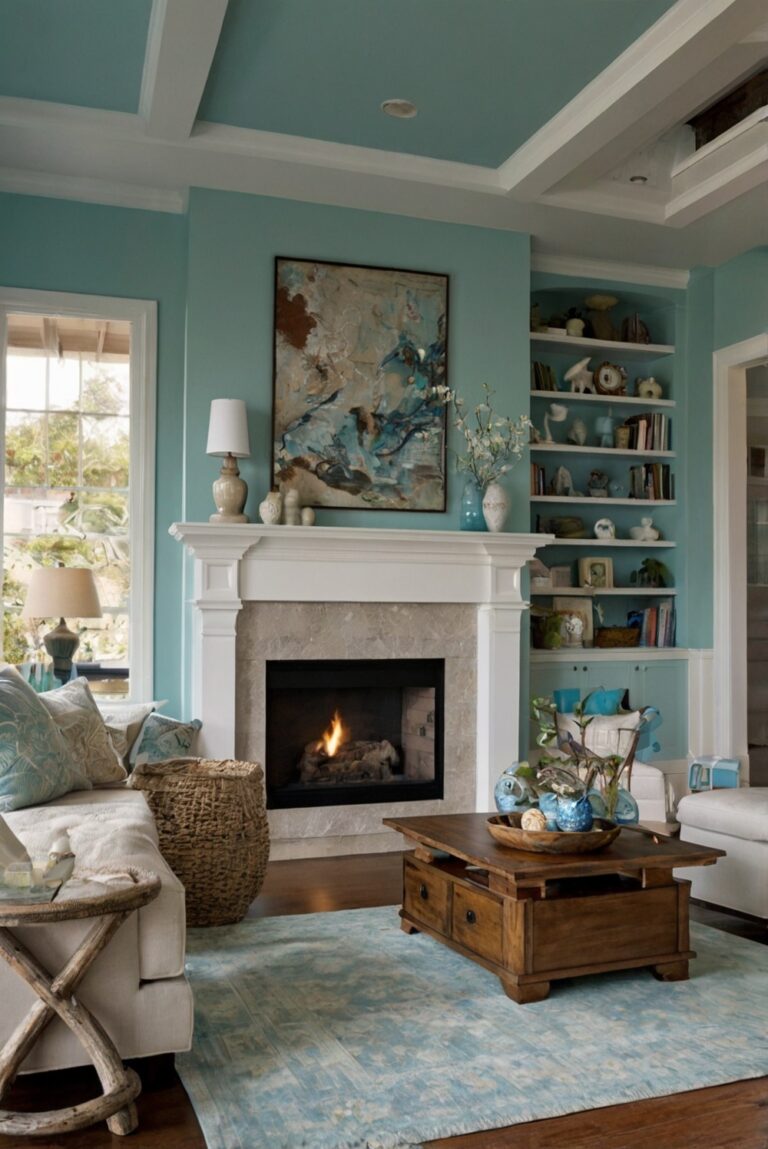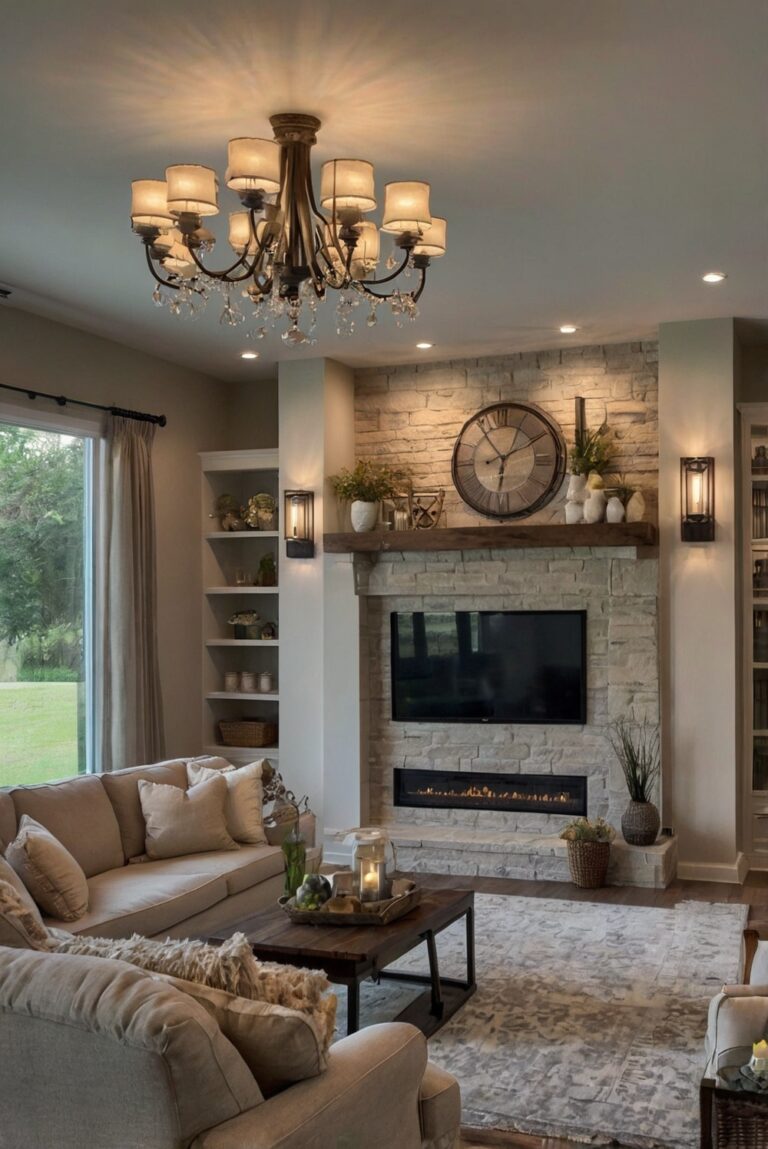Make your living room shine with the right lighting! Learn how to create a stunning focal point using lighting in today’s interior designer routine.
**
How to create a focal point with lighting in the living room?
**
How to create a focal point with lighting in the living room?
Incorporating the right lighting can significantly enhance your living room’s focal point. Start by evaluating the room’s layout and choosing a key area to highlight. Consider using pendant lights or a chandelier to draw attention to this focal point. Ensure the lighting fixtures complement the overall decor and color scheme of your space. You can also use accent lighting to emphasize specific elements like artwork or architectural features. Experiment with different lighting levels to create a cozy and inviting atmosphere. Properly planned lighting can transform your living room and elevate its aesthetic appeal.
– Focused keywords: home decorating, home interior, home interior design, home decor interior design, space planning, interior design space planning, decorating interiors, interior bedroom design, designers kitchen, kitchen designs, living room interior, designer wall paint, primer paint for walls, color matching painting, paint color match, home paint colors
Create a Focal Point with Lighting in the Living Room
To create a focal point with lighting in your living room, it is essential to **understand** the **importance** of lighting in interior design. Lighting can **enhance** the **atmosphere** of a room and draw attention to specific areas. Here are some tips to help you achieve a focal point with lighting:
1. Choose the Right Fixture
Selecting the **appropriate** lighting fixture is crucial in creating a focal point. Consider the **style** of your living room and choose a fixture that complements it. Chandeliers, pendant lights, and wall sconces are popular choices for focal point lighting.
2. Positioning is Key
The **placement** of your lighting fixture is important in directing attention to the focal point. Install the fixture above or near the focal point to highlight it effectively. For example, a chandelier above a coffee table can create a striking focal point in the living room.
3. Layer Your Lighting
**Layering** your lighting can add depth and dimension to the room. Combine ambient, task, and accent lighting to create a well-lit space with a focal point. Use dimmer switches to adjust the brightness and create the desired ambiance.
Enhancing the Ambiance
To further enhance the ambiance of your living room and create a focal point with lighting, consider using **warm** and **soft** lighting. Avoid harsh overhead lights and opt for softer, indirect lighting sources such as floor lamps and table lamps. Additionally, incorporating **decorative** lighting elements such as fairy lights or LED strips can add a touch of elegance to the room.
Conclusion
Creating a focal point with lighting in the living room can transform the space and make it more inviting and visually appealing. By choosing the right fixture, positioning it effectively, and layering your lighting, you can draw attention to specific areas and enhance the overall ambiance of the room. Experiment with different lighting options to find the perfect focal point that suits your style and preferences.
1. What are the key elements to consider when creating a focal point with lighting in the living room?
When creating a focal point with lighting in the living room, it is essential to consider the size and scale of the room, the natural light sources, the placement of furniture, and the overall ambiance you want to achieve. Selecting the right type of lighting fixtures such as chandeliers, pendant lights, or wall sconces can help create a focal point. Additionally, using dimmer switches can provide flexibility in adjusting the lighting levels to suit different activities and moods.
2. How can accent lighting be used to enhance a focal point in the living room?
Accent lighting can be a powerful tool in highlighting a focal point in the living room. By strategically placing spotlights, track lighting, or LED strips, you can draw attention to specific features like artwork, architectural details, or decorative objects. Using accent lighting with different beam angles and intensity levels can create depth and drama, making the focal point more visually appealing and impactful.
3. What are some creative ways to incorporate ambient lighting into the living room to complement the focal point?
Ambient lighting plays a crucial role in setting the overall mood and atmosphere of the living room. To complement the focal point with ambient lighting, consider using recessed lights, floor lamps, or table lamps to provide a soft, diffused glow throughout the space. Layering different types of ambient lighting sources can create a warm and inviting environment while directing attention towards the focal point.
4. How can color temperature and brightness levels of lighting fixtures influence the focal point in the living room?
The color temperature and brightness levels of lighting fixtures can significantly impact the perception of the focal point in the living room. Warm white light (2700-3000K) creates a cozy and intimate feel, ideal for accentuating traditional or classic focal points. On the other hand, cool white light (4000-5000K) can enhance modern or contemporary focal points with its crisp and clean appearance. Adjusting the brightness levels of lighting fixtures can also help control the focus and visual impact of the focal point.
5. What are some tips for effectively layering different types of lighting to create a dynamic focal point in the living room?
Layering different types of lighting, such as ambient, task, and accent lighting, is key to creating a dynamic focal point in the living room. Start by establishing the focal point and then strategically place lighting fixtures around it to highlight its key features. Consider using a combination of overhead lights, wall-mounted fixtures, and portable lamps to add depth and dimension to the focal point. Experiment with different lighting combinations and techniques to find the perfect balance that enhances the focal point and elevates the overall design of the living room.

